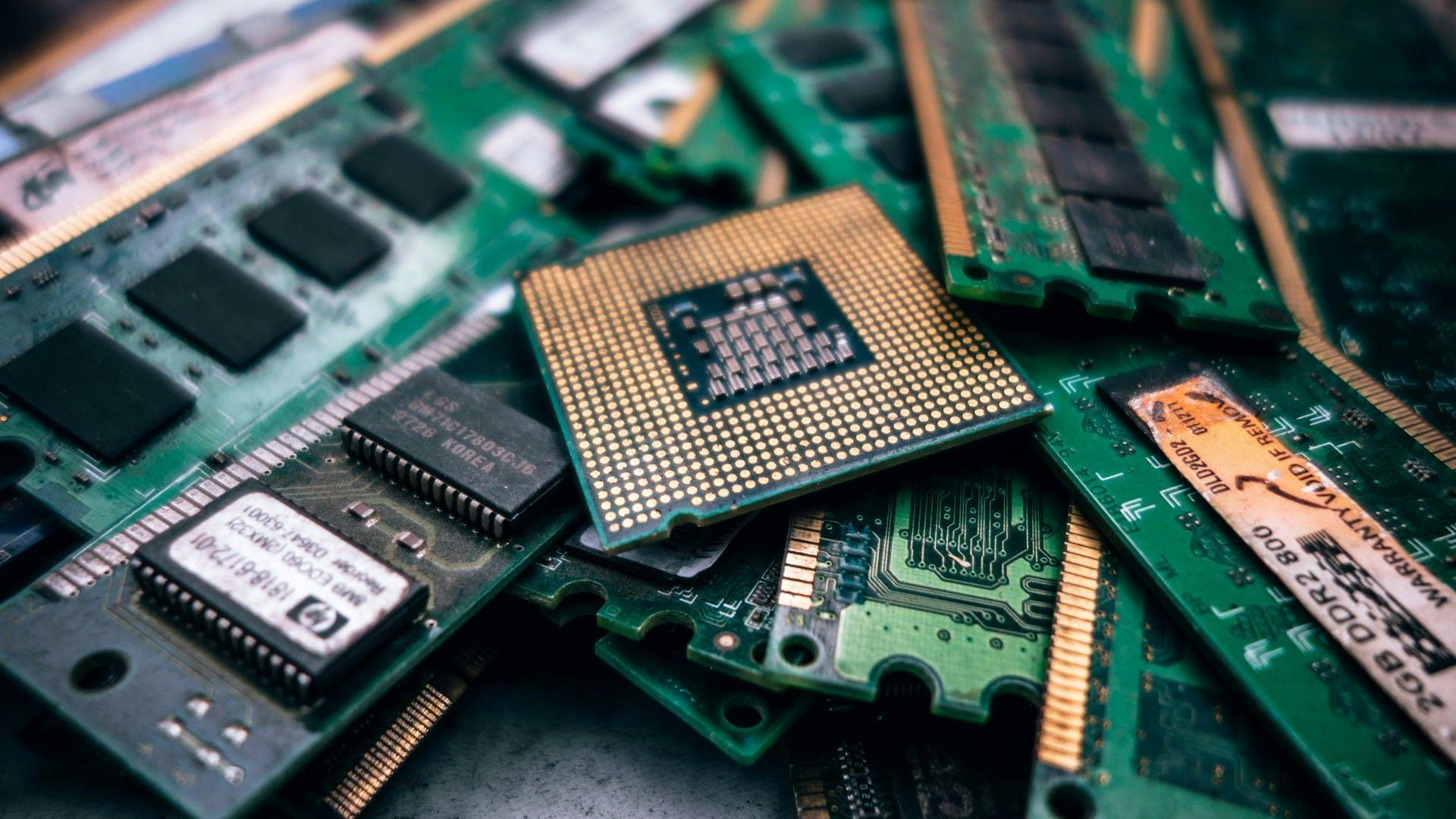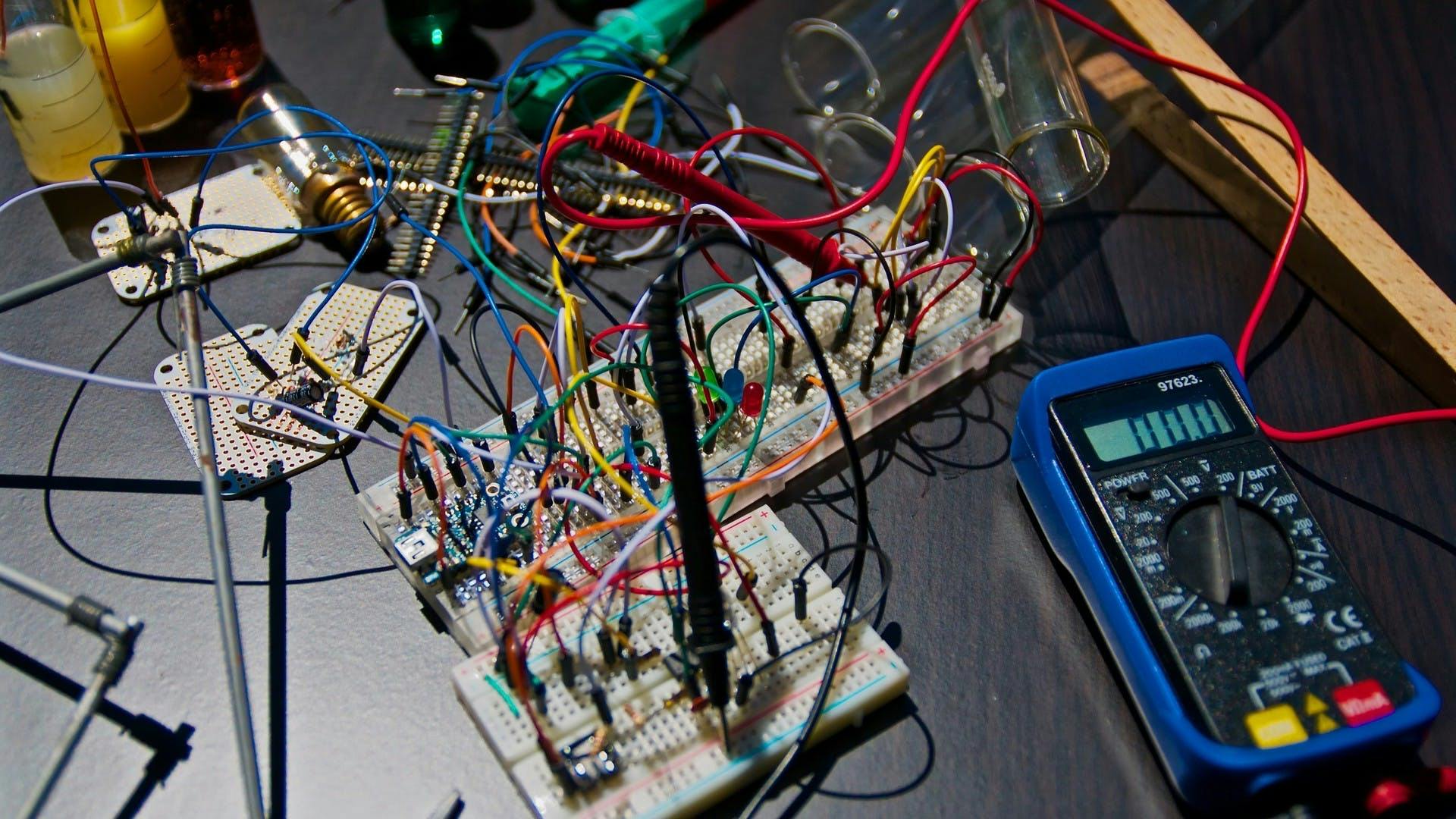How to get your hardware startup off the ground
he road to creating a successful startup based on a physical product is fraught with challenges, many of them unexpected. Making the decision to produce a hardware product, and then building a company around it, means knowing the many steps between initial inspiration and market success.

GoPro, which is known for its action cameras, is an example of a company that deals with hardware. Photo: Unsplash/Frame Harirak
Starting a company is as challenging as it is exciting and is without a doubt an uphill battle – especially if you’re heading toward the steep climb that is the hardware startup.
Examples of well-known hardware startups which have been very successful include Fitbit, which produces wearable tech devices, and tech company GoPro, which is known for its action cameras.
In the world of entrepreneurship and innovation, we’re generally talking about consumer electronics products, often with layers of software developed for the device in question, when speaking about hardware.
Unlike many digital products, the creation of hardware involves solving a problem with a physical product, prototyping it, figuring out how to make a viable amount of the product for the target market, distributing the said amount to consumers, and many more steps.
Moreover, developing a hardware product is arguably more challenging than starting up with a software solution. Going into it, future failure factors include not getting the customer demand you want, having a high burn rate, and receiving little to no funding, leading to the inability to produce the devices you’ve designed.
It’s also expensive to build physical products and involves many moving parts (pun fully intended), and the pressure is on to make that prototype squeaky clean.
Sounds daunting, right? If you do manage to succeed with your hardware startup, you’ll have no doubt gone through a rewarding process filled with surprises.
We take a look at the basics of what you need to know before getting into the hardware game, from the initial ideation phase to developing the product. We’ll also get to everyone’s favorite part of the climb: financing options.
Prototyping and the MVP
One of the biggest steps in founding a hardware startup is prototyping the product, and creating the MVP (minimum viable product) to test your idea with your potential customers.
In this broader development phase, it’s easy to get bogged down in iteration after iteration. In some ways, a product can never be too perfect. That voice at the back of every entrepreneur’s head is whispering, “the product isn’t ready, no one will want to use it!”
While this is, unfortunately, sometimes true, it’s also a good driver to do one of the most important things in this entire process, which is to communicate with your potential customers.
Something important to note in creating your MVP is to have it solve the problem as simply as possible. The market is filled with tons of complex gadgets, so your product should be able to perform its function better than every other option out there. Think about where your product fits into a full customer journey.
Fitbit fitness trackers, for instance, originally only recorded steps and sleep. But as time went on, the company added more and more functions to solve one major problem in a variety of ways.
This is why you may want to release the product before you think it’s ready. You’re not launching a faulty product. Rather, you’re offering up a prototype of your product to test if it has legs.
Take the iPhone as another example. It’s now in an astounding number of pockets and bags all over the world. Originally, it was an iPod with a control wheel that iterated and iterated, evolving toward the device we’re now all obsessed with.
While the chances are probably slim (no offense) you’ll release the next iPod, if you solve your problem creatively with hardware that’s excellent to use, improving your product based on market feedback might be better than releasing an overcooked product later in the game.
Getting funding
To add to the challenges faced by brave entrepreneurs and innovators with hardware startups, there is also the question of making enough money to keep the business afloat during the prototyping phase.
There are a number of options to think about, and there’s no single right answer, though it’s important to remember to hold onto that purpose and passion while researching funding options.
Read also: ‘Keep your idea a side hustle for as long as you can’
Probably the best funding option for a consumer product is crowdfunding, like with Kickstarter or another similar platform. Crowdfunding your hardware product will not only put you in the position to tell your story and compel people to join in before you even have a unit sold (or built, sometimes), it will also hold you accountable.
When you crowdfund your product, you are fostering direct communication between the startup and the end users and customers. The expectation here is that you will deliver as promised, and that can be as inspiring as it can be stressful. In the end, crowdfunding your product gives you that push to develop your first usable iteration, and an entire community from which to receive useful feedback.
You also have the option to seek investment from a fund to create your product, especially if it’s in the field of impact innovation. Once you have an MVP and a clear message, you can make the move to an accelerator or an incubator and receive VC funding advice, or just strike out on your own and raise seed funding after some successful bootstrapping.
The biggest thing to remember when it comes to analyzing costs is that each pivot you make when developing the tech and the team will come with costs. Manufacturing plus distribution will be expensive. So when you eventually price out your product, don’t be afraid to charge a bit more for it, because your dedicated customer base may be happy to pay for something of high quality.
Producing the product
Manufacturing the product is one of the most difficult steps. Depending on your product, you will likely have to manufacture a sizable number of units to make the whole enterprise worth it, and you will want products that don’t fall apart upon first use.
As you are doing research for your product, make sure to take time to find out the best manufacturers (and designers, engineers, etc.) for the job. Determine whether the manufacturer has experience in your product type.
It’s important also to be aware of differences in terms of language and units of measurement between you and the manufacturing country, so you can be as accurate as possible when turning your design into a product.
Most importantly, be warned that this phase usually takes longer than expected, and there will likely be errors. It’s critical to budget in the time and resources to account for manufacturing issues.
As said before, don’t be afraid to spend a bit more on the first iteration of the product, as you’ve already decided to price it higher for your loyal customers. You want that first physical object to be absolutely sleek and stellar to behold.

Photo: Unsplash
Telling a story
After all is said and done and you have a physical product you’re proud of, you need to find customers beyond those who either funded the project in the beginning or were the initial users.
In short, people have to know your product exists. To make this happen, you have to tell a compelling story, using history and emotion to relate to your audience on a deeper level.
A good example of a product with a compelling story is the smart home water system, Mitte. Not only is the Berlin-based company’s product design simple and elegant, its story is also open, honest, and told beautifully.
Mitte lets their customers know the challenges and risks, and passionately explains the simple goal which drives the project. On the one hand, you want a sleek water purifier in your home, and on the other, you want to be contributing toward a global clean water initiative.
Joining a program
Probably most important of all in this exciting and terrifying process is the realization that you don’t have to go it alone. More and more accelerator and incubator programs are appearing to support the development of hardware startups.
One that’s notable is HAX, a program-based VC located in San Francisco and Shenzhen, which helps startups with hardware components accelerate very quickly. The VC has helped over 200 companies since they launched. HAX seeks out startups that create products in the consumer, health, industrial, and enterprise spheres.
Further programs that exist particularly for hardware startups include Bolt, Hardware.co, Lemnos Labs and Usine.io. From focusing on prototyping to scaling, the programs offer varying levels of support.
In many ways, you do have to be a bit crazy to want to bring a product to market and found a startup based around hardware. Every guide and blog out there alludes to it being riddled with failure, and that’s the unabashed truth.
If you design and produce a product, it might fail gloriously. Luckily, there is much to learn in each failure, and if your passion persists, and the target problem awaits your solution, then you may just make it.
Read also: What is pivoting and how do I do it?
Main photo: Unsplash/Nicolas Thomas

